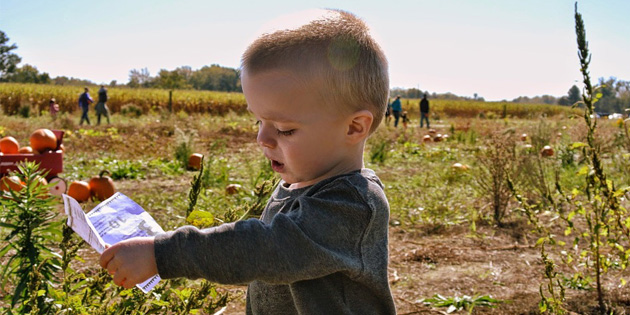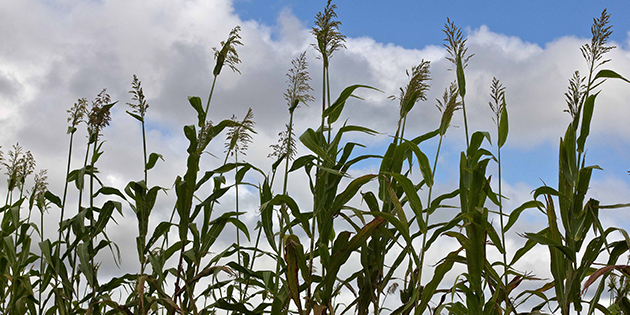Harsh winter weather can be dangerous no matter where you live. However, blizzards and severe conditions hit farmers and ranchers especially hard.
When you are miles from the nearest store or even a neighbor you need to make sure that you have everything on hand so that you, your family and your animals can survive extreme conditions. Dangerously cold temperature, strong winds and reduced visibility are just some of the conditions you may encounter. Further, heavy snow can lead to the collapse of roofs and power outages.
When it comes to surviving a blizzard, it is important not to be caught off guard. While weather predictions aren’t always spot on, it is unlikely that heavy snowfall and blizzard conditions will come out of the, well, clear blue sky.
Making sure you are well prepared for a blizzard means that you have what you need on hand so that you and your livestock can ride out the storm. It is important that you winterize your farmhouse and all outbuildings while the weather is still mild. You also should stock your home with extra blankets to keep you warm in the event that power goes out. Bottle water and food that does not need to be heated up before you eat it is essential. Finally, make sure you have a first-aid kit and that you are familiar with the signs and symptoms of hypothermia and frostbite.
Livestock farmers and ranchers need to be diligent (and most are) when preparing livestock before a blizzard hits. Unfortunately, many times a blizzard may occur that is much stronger than expected and the results can be catastrophic. The following steps should be taken in anticipation of a hard winter:
1. Make sure all livestock are in the best possible health. This will go a long way toward helping them survive weather emergencies.
2. Evaluate emergency hay reserves. Since cold weather increases animals’ energy needs, it is important that you are able to adjust their diet as needed during a long stretch of extremely low temperatures.
3. Service all feeding equipment to avoid breakdowns. This includes assessing fuel storage and supplies and testing generators and connections. It also includes making sure water heaters are in working order.
4. Maintain structural windbreaks.
5. Have adequate bedding. Not only does clean, dry bedding reduce stress on animals, when animals are wet their nutrition maintenance requirements increase.
Perhaps the most important thing to remember during blizzards (or any severe weather situation) is that you cannot take care of your family, animals or property if you don’t take care of yourself first.




